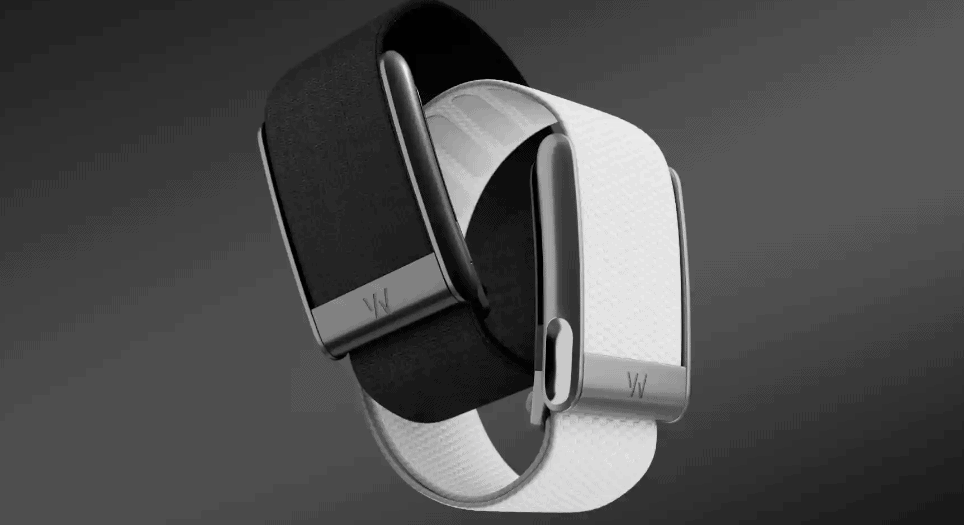The FDA fired off a warning letter to wearable company Whoop for promoting its blood pressure feature without getting clearance, which quickly reignited the debate on whether wellness claims should be regulated as medical devices.
Whoop’s wristbands pack a punch. The just-released WHOOP MG tracks everything from sleep and heart strain to AFib and Blood Pressure Insights (BPI) – the new feature that landed them in the hot seat.
- BPI delivers daily systolic and diastolic blood pressure estimates by measuring heart rate variability during sleep, allowing users to capture “medical-grade insights” related to their recovery and stress levels.
- The FDA believes that makes the WHOOP MG a medical device subject to regulatory review, because it provides “a measurement or estimation of a user’s blood pressure, which is inherently associated with the diagnosis of hypo- and hypertension.”
Whoop respectfully disagrees. CEO Will Ahmed took to social media to argue that BPI is strictly a wellness feature because it doesn’t diagnose a condition and is clearly labeled not for medical use.
- The 21st Century Cures Act states that “functions intended to promote a healthy lifestyle – and unrelated to the diagnosis, cure, mitigation, prevention, or treatment of a disease – are excluded from the definition of a medical device.”
- Ahmed makes the case that BPI fits that definition, and said that Whoop won’t be backing down from “misguided” overreach that undermines innovation.
Where should regulators draw the line? The carve-out for wellness features is explicitly based on intended use, and most people seem to agree that BPI meets that standard.
- Law firm Hyman, Phelps & McNamara shared that the warning letter breaks the FDA’s precedent for intended use, and that the agency already has separate product codes for “general wellness” and “medical” versions of pulse oximeters and heart rate monitors.
- The FDA’s stance is that blood pressure estimates are high-risk because an error could have major consequences for the user, placing them firmly outside the “general wellness” bucket.
The Takeaway
The regulation versus innovation debate is the gift that keeps on giving, and Whoop’s response will make it obvious how far they’re willing to go to “not let regulatory overreach dictate how people access their own health data.”





